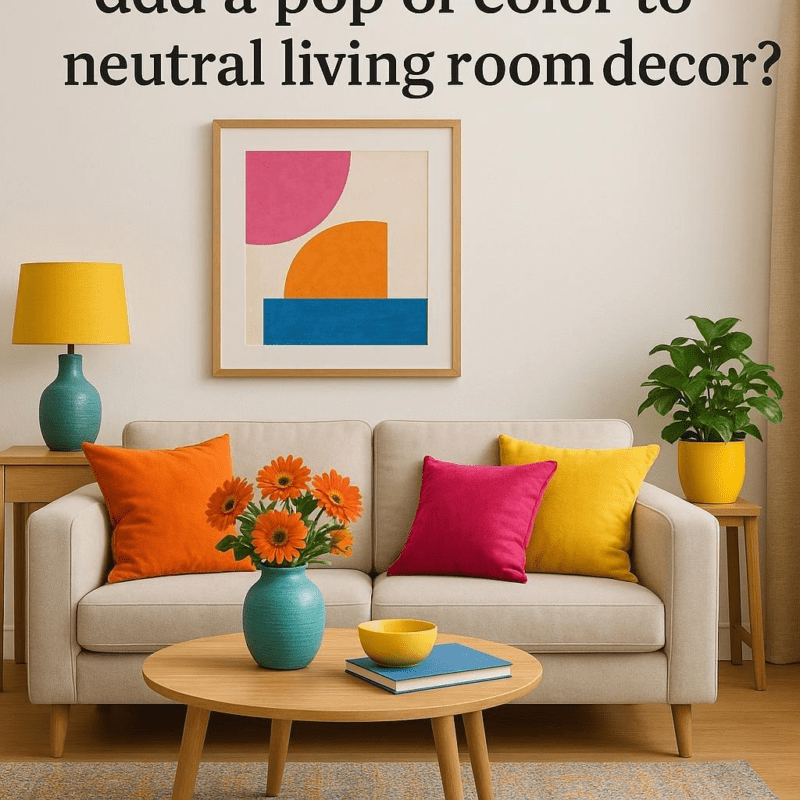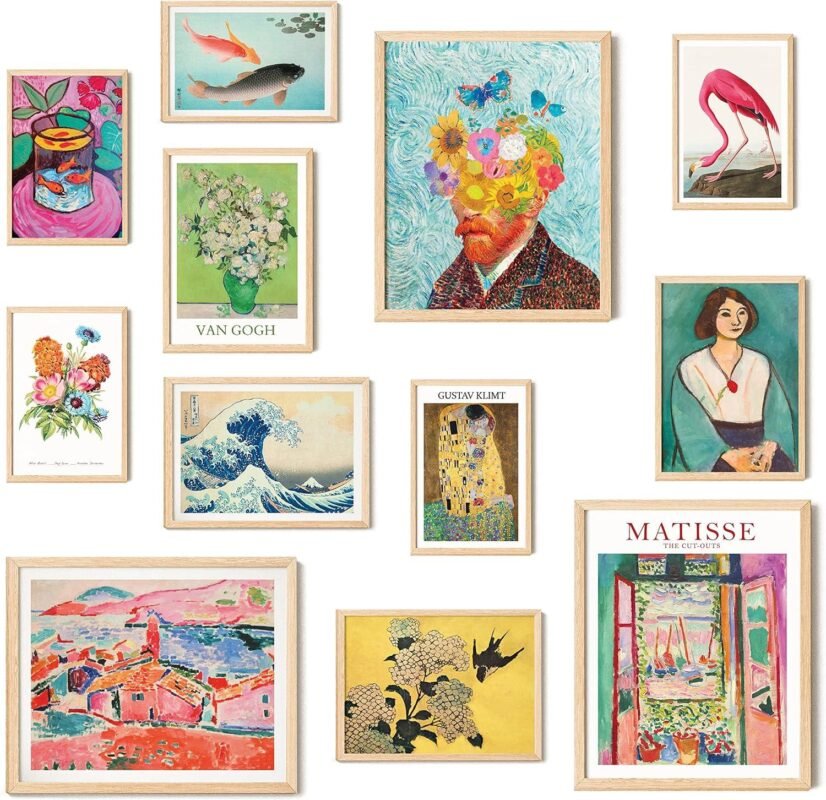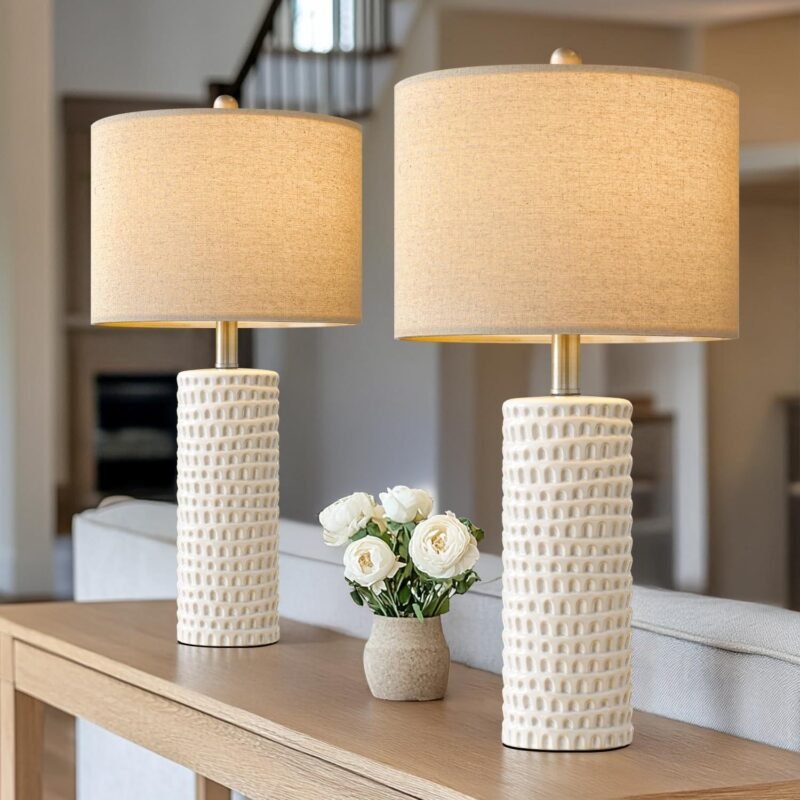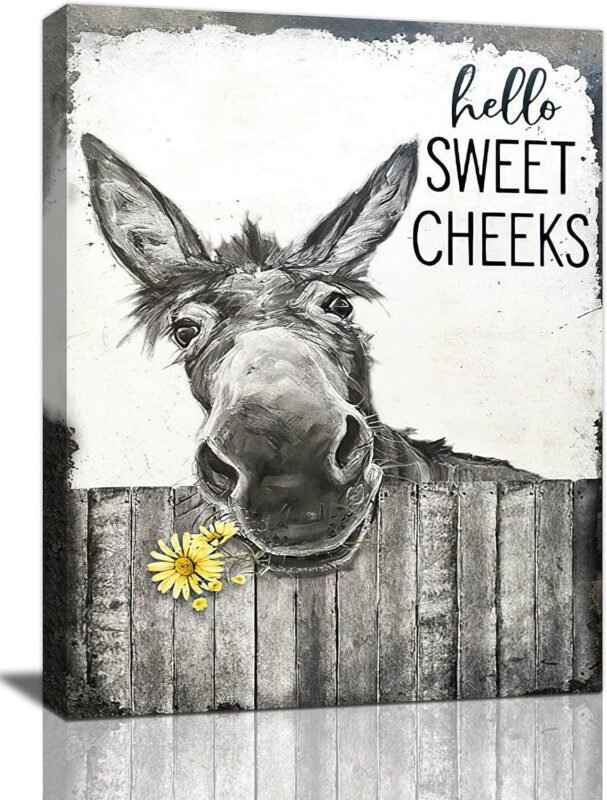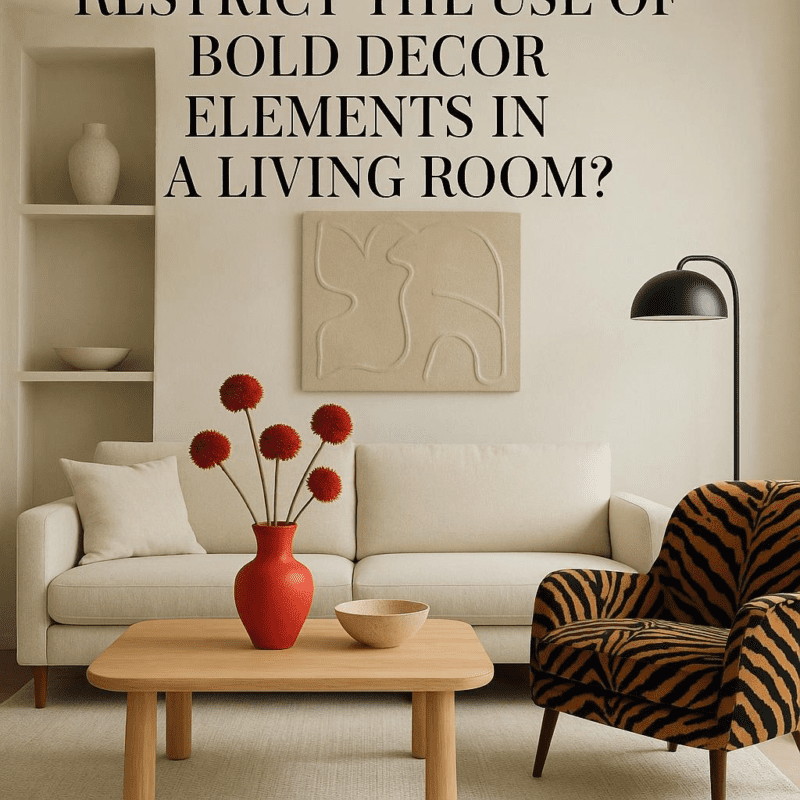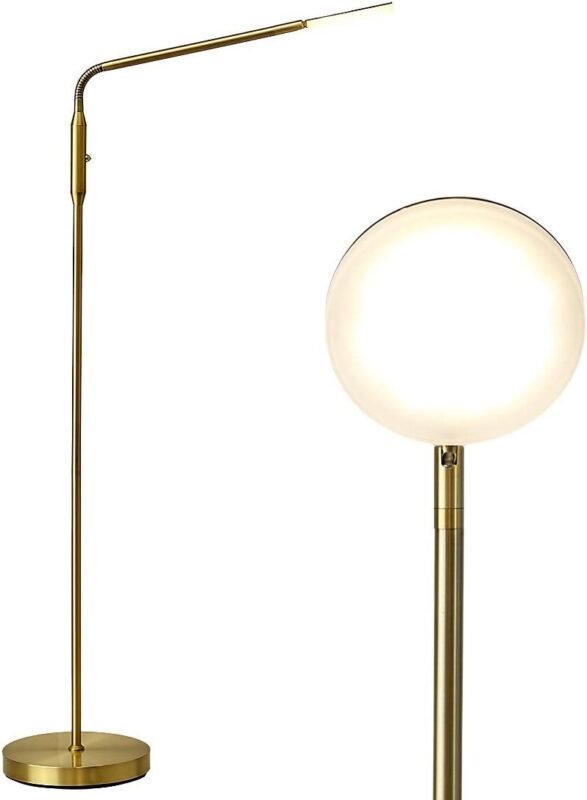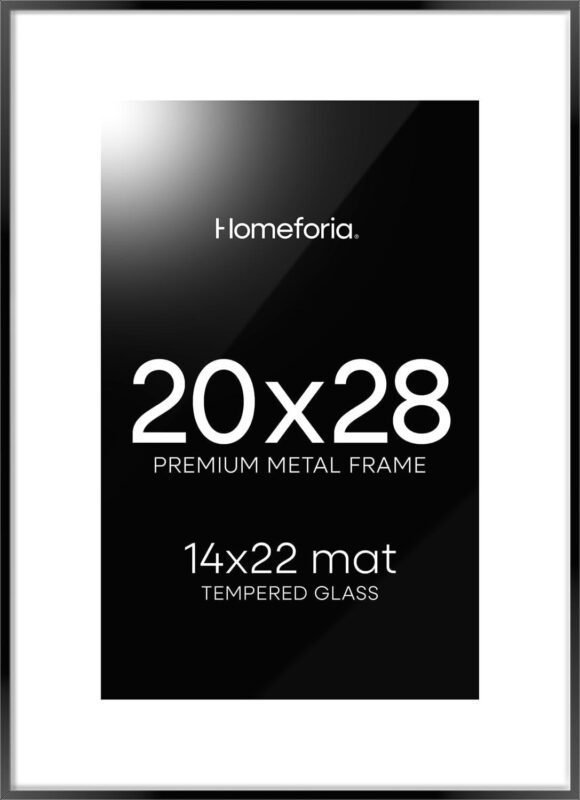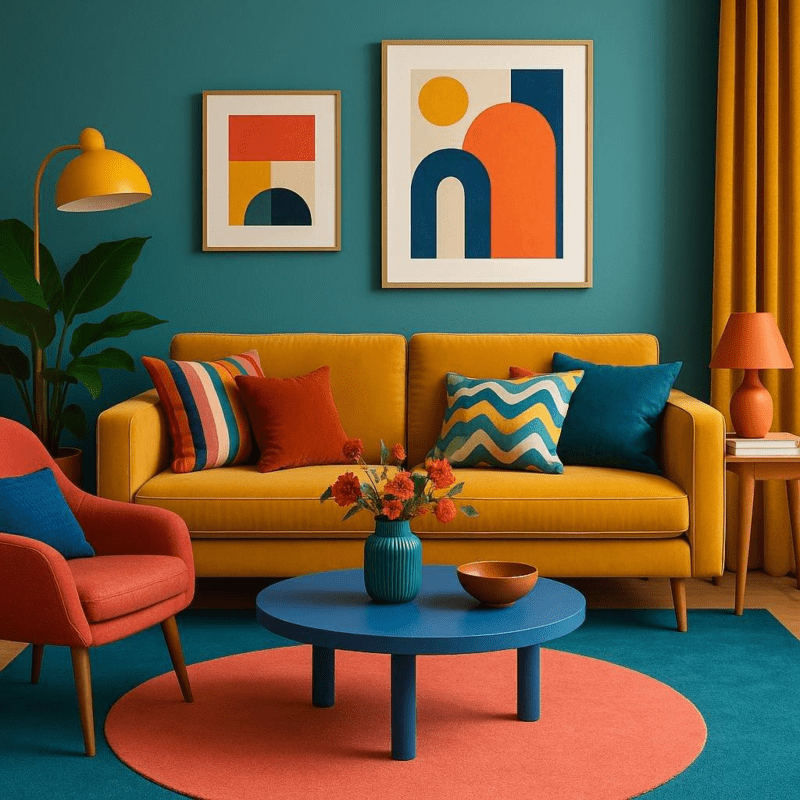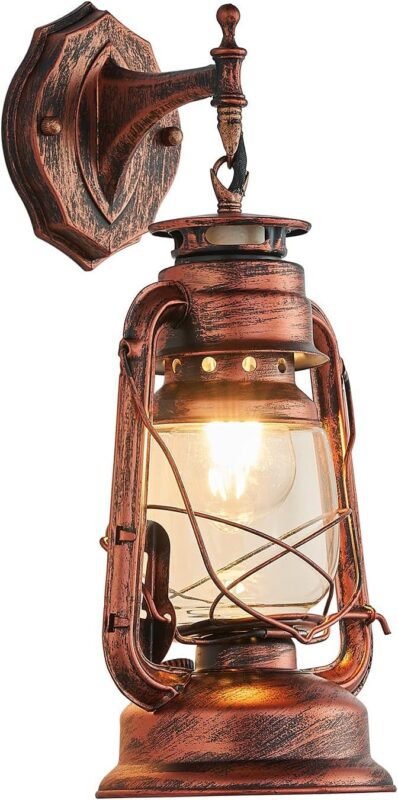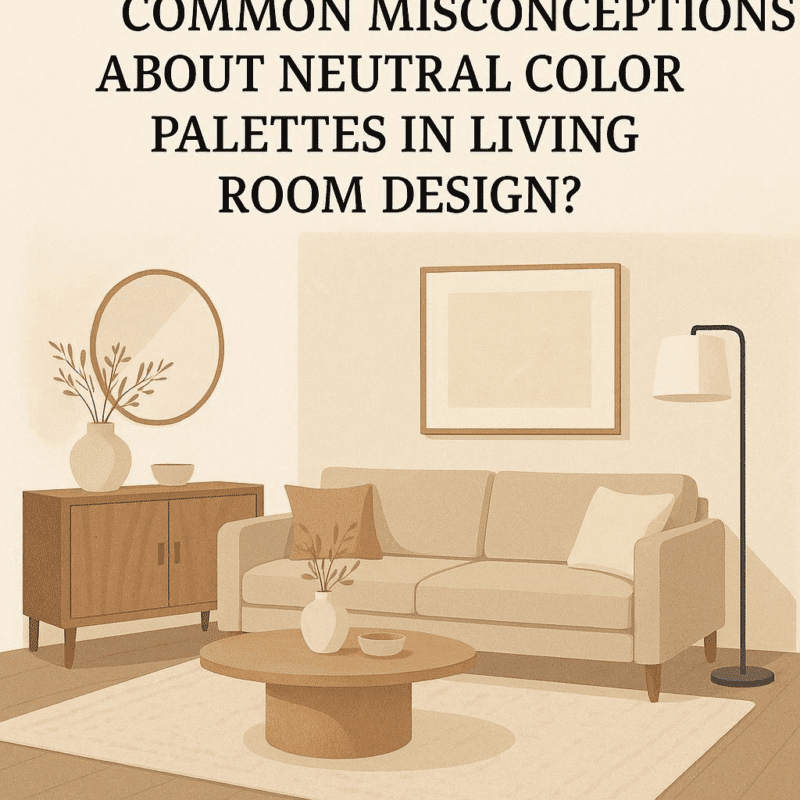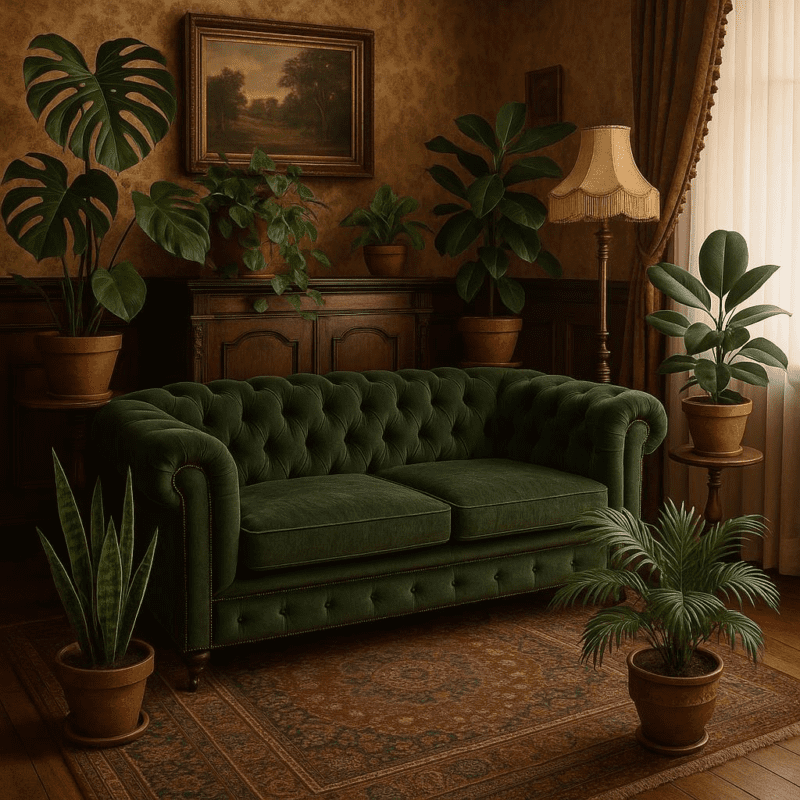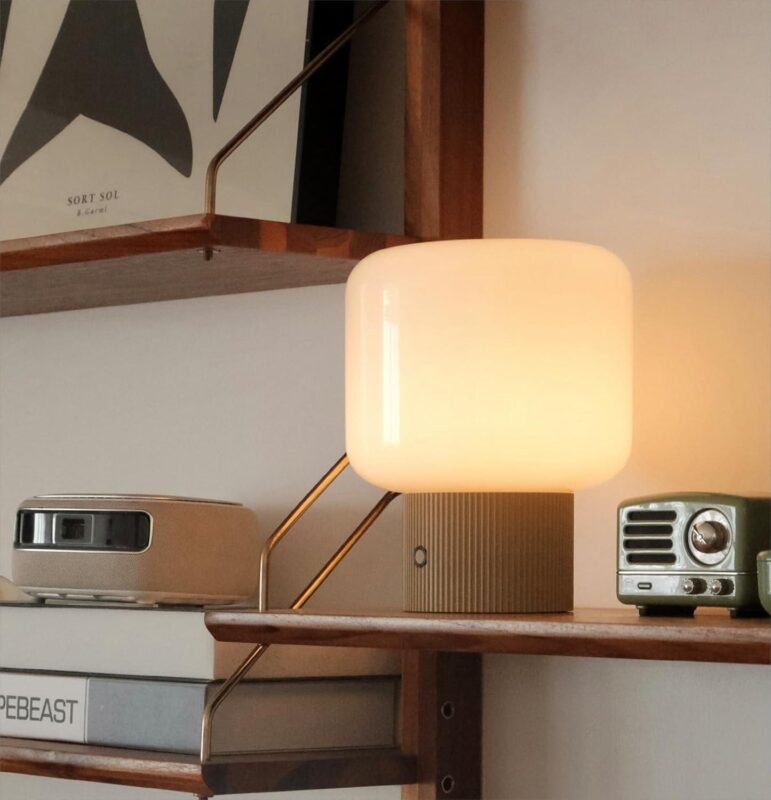What are some ways to use color psychology in living room decor?
When it comes to designing a living room, color is one of the most powerful tools at your disposal. beyond simply adding visual appeal, colors can influence mood, energy, and even the way people interact in a space. This is where color psychology comes into play-an insightful approach that helps you choose hues based on the emotions and feelings they evoke. Whether you’re aiming to create a cozy retreat, a vibrant gathering spot, or a calm sanctuary, understanding how to use color psychology in your living room decor can transform the atmosphere and make your space truly feel like home. In this article, we’ll explore practical ways to incorporate color psychology into your living room design, helping you create a space that reflects both style and comfort.
Choosing the Right Colors to Influence Mood and Atmosphere
Colors possess a remarkable power to shape emotions and set the atmosphere in your living room. Warm tones like soft reds, oranges, and yellows can infuse the space with energy, encouraging conversation and creating a cozy, inviting surroundings. Conversely, cool shades such as blues, greens, and lavenders promote calmness and relaxation, ideal for unwinding after a long day. opt for neutral hues like beige or light gray if you prefer a balanced,sophisticated ambiance that allows other decor elements to shine. Remember, the intensity and saturation of the colors also influence the mood, with brighter colors sparking excitement and muted tones offering a more peaceful vibe.
To strategically evoke specific feelings, consider how different colors interact with each other in your living space. Combining complementary colors can enhance vibrancy,while analogous palettes create harmony and unity. Below is a rapid reference chart showing common living room moods and the colors that best support them:
| Mood | Recommended Colors | Effect |
|---|---|---|
| Inviting | Warm Reds, Oranges | boosts energy and sociability |
| Calm | Soft Blues, Greens | Promotes relaxation and peace |
| Elegant | Neutral Grays, Beiges | Creates a clean, sophisticated look |
| Creative | Vibrant Purples, Luminous Yellows | Stimulates creativity and inspiration |
Incorporating Color Psychology Through Furniture and Accessories
Choosing the right furniture and accessories is a powerful method to subtly influence the mood of your living room using color psychology.Sofas and armchairs in calming blues or gentle greens can promote relaxation and tranquility, ideal for unwinding after a busy day. Conversely, vibrant reds and oranges in cushions or rugs can energize the space, sparking conversation and warmth during social gatherings.Consider layering these colors through smaller accessories like throw blankets, lampshades, or artwork to shift the room’s energy without overpowering it.
When selecting decorative pieces, pay attention to how color interacts with textures and materials to enhance psychological effects. For example, a velvet emerald-green ottoman not only adds a pop of nature-inspired calm but also provides a tactile richness that invites comfort. here is a simple breakdown of furniture and accessory colors and their typical psychological impacts:
| Color | Furniture/Accessory Idea | Psychological Effect |
|---|---|---|
| Blue | Plush sofa or ceramic vases | Calming, promotes peace |
| Yellow | Accent chairs or cushions | Cheerful, stimulates positivity |
| Orange | Rugs or lampshades | Invigorating, encourages social interaction |
| Green | Indoor plants and throws | Refreshing, creates balance |
Balancing Warm and Cool Tones for Visual Harmony
Achieving a visually harmonious living room involves a thoughtful mix of warm and cool tones. Warm colors like terracotta, mustard, and soft reds evoke comfort and coziness, inviting relaxation and sociability.In contrast, cool tones such as blues, greens, and greys promote calmness and clarity, helping to create a peaceful atmosphere. To strike the perfect balance, try pairing cooler walls or furnishings with warm accent pieces like cushions, rugs, or artwork. This intentional contrast not only energizes the space but also prevents it from feeling too sterile or overwhelming.
When combining these tones, consider using neutral shades as a unifying base. Accessories in different textures-like a velvet throw pillow or a woven basket-can amplify the color dynamics without clashing. Here’s a quick guide on how to mix these tones effectively:
- Start Small: introduce warm or cool tones through small decor items before committing to larger pieces.
- Layer Colors: Mix varying shades within the warm and cool spectrum to add depth.
- Mind the Lighting: Natural light can affect perceived color warmth, so test your combinations at different times of the day.
- Use Plants: Greenery brings in cool tones naturally and complements warm backgrounds beautifully.
Using Accent Colors to Create Focal points and Energize the Space
Integrating accent colors into your living room decor is a powerful way to draw attention to specific areas and infuse the space with energy. By choosing bold hues like vibrant reds, electric blues, or sunny yellows, you create natural focal points that captivate the eye and evoke emotion. These accents can be introduced through cushions, throws, artwork, or even statement furniture, offering a dynamic contrast to the room’s base palette.The key is to balance vibrancy with harmony, ensuring that these pops of color enhance rather than overwhelm the room.
When applied thoughtfully, accent colors don’t just add visual interest-they can also influence mood and behavior within the space. Consider using:
- Warm tones to encourage conversation and socializing, perfect for seating areas.
- Cool tones to provide calm and relaxation, ideal for reading nooks.
- Metallic accents for a touch of sophistication and modern energy.
Below is a quick reference on the psychological effects of some popular accent colors:
| Accent color | Psychological Effect | Suggested Use |
|---|---|---|
| Red | Stimulates energy and excitement | Feature wall, cushions, art |
| Blue | Promotes calm and trust | Throws, rugs, vases |
| Yellow | Inspires optimism and creativity | Lampshades, pillows, decor items |
| Green | evokes balance and renewal | Plants, accent chairs, curtains |
Key Takeaways
Incorporating color psychology into your living room décor can transform the space into a harmonious and inviting environment tailored to your mood and lifestyle. Whether you choose calming blues to create a relaxing retreat or vibrant yellows to energize gatherings,understanding the emotional impact of colors allows you to design a room that feels truly like home.By thoughtfully selecting hues that resonate with you and your family, your living room can become not just a place to unwind, but a reflection of your unique personality and a source of daily inspiration.

